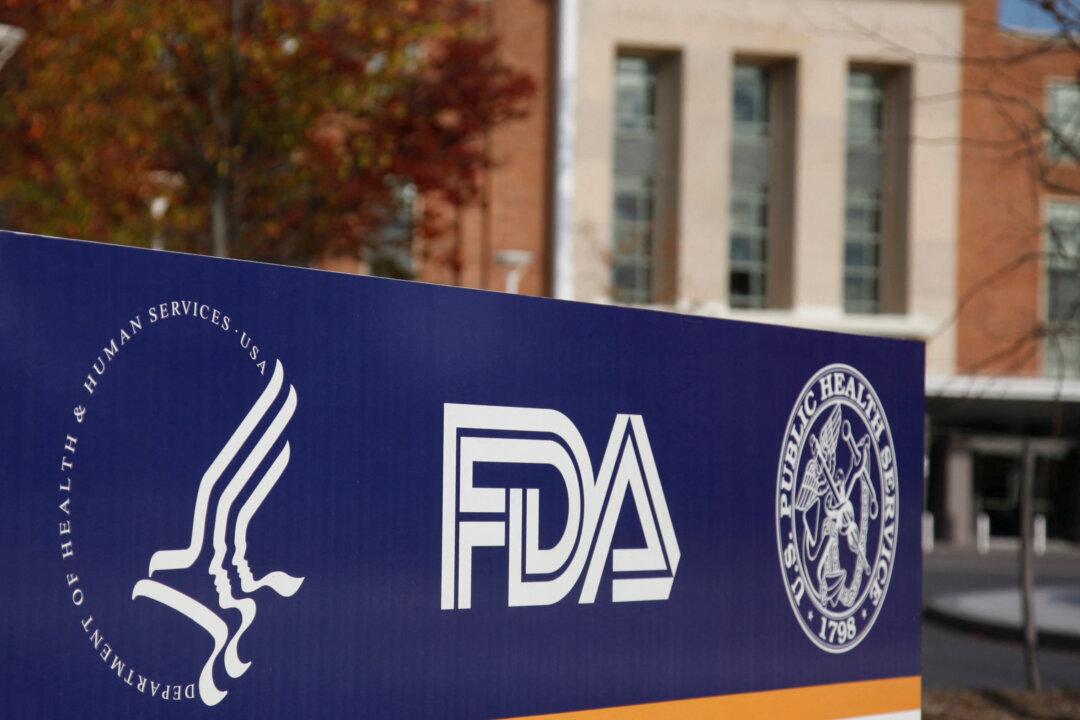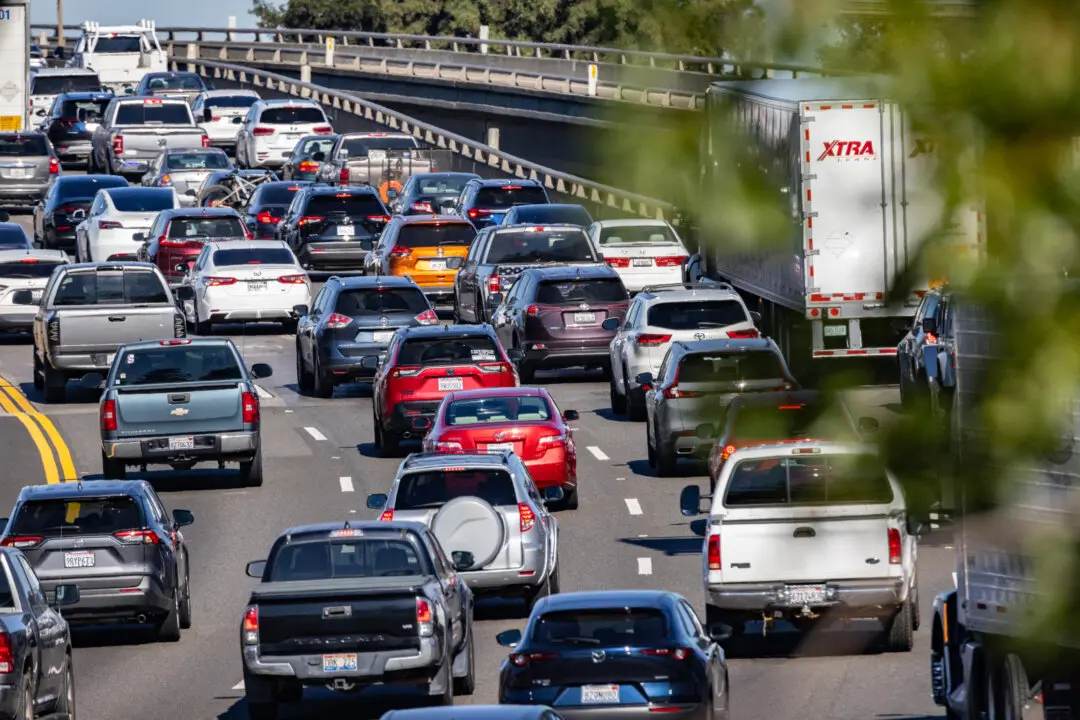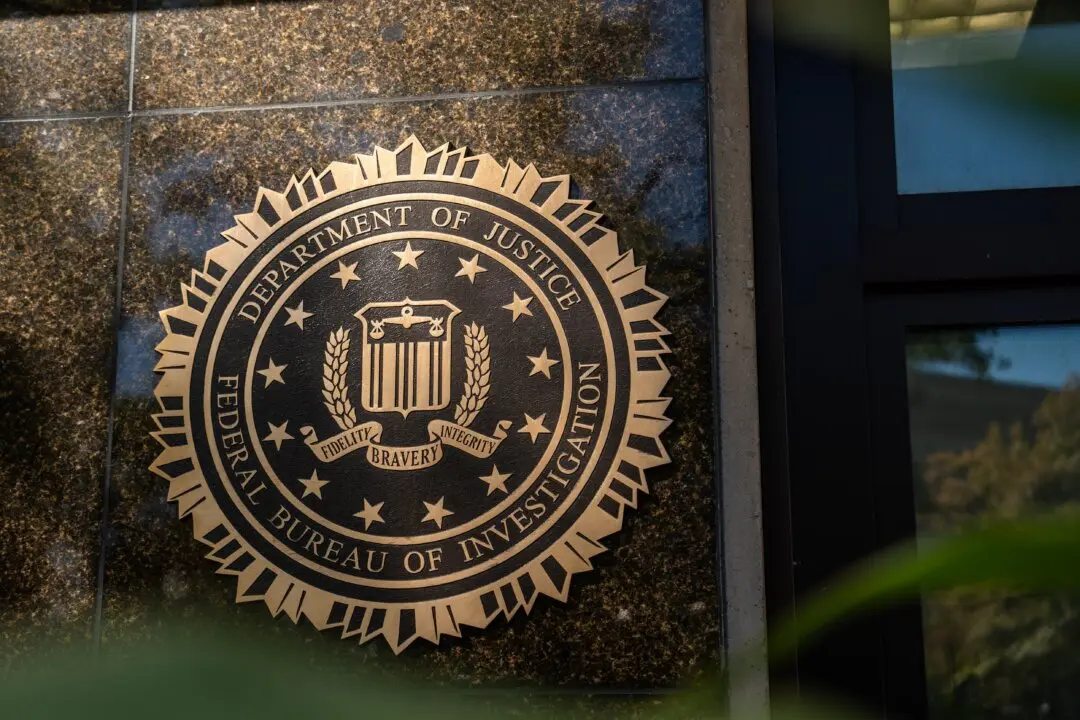The U.S. Food and Drug Administration (FDA) failed to meet its inspection targets aimed at keeping the American food supply safe, said a government watchdog, which called on the agency to strengthen inspection efforts.
The FDA is tasked with ensuring the safety of almost 80 percent of America’s food supply, which includes vegetables, fruits, most seafood, and processed foods. While the country’s food supply is seen as safe, “tens of millions of people get sick from foodborne illnesses each year,” said a Jan. 8 report from the U.S. Government Accountability Office (GAO).





